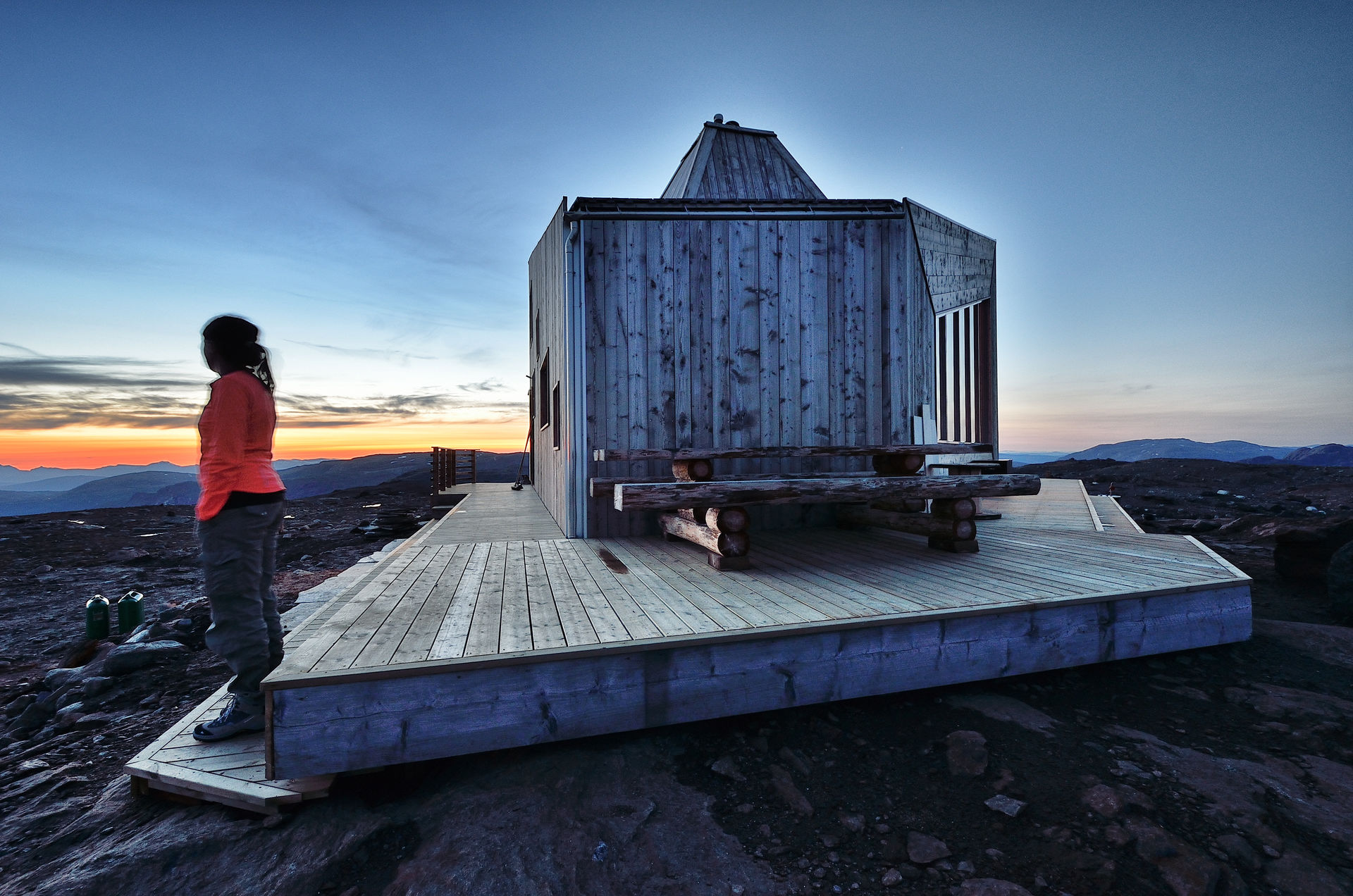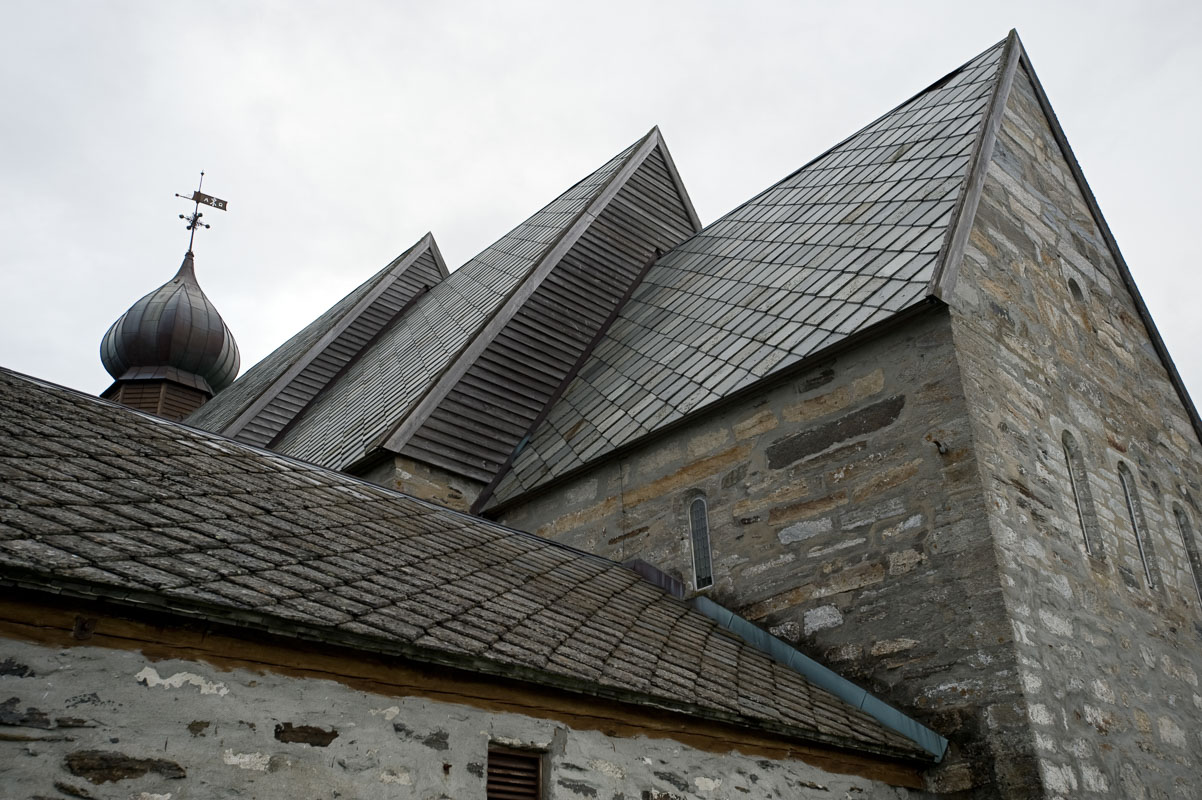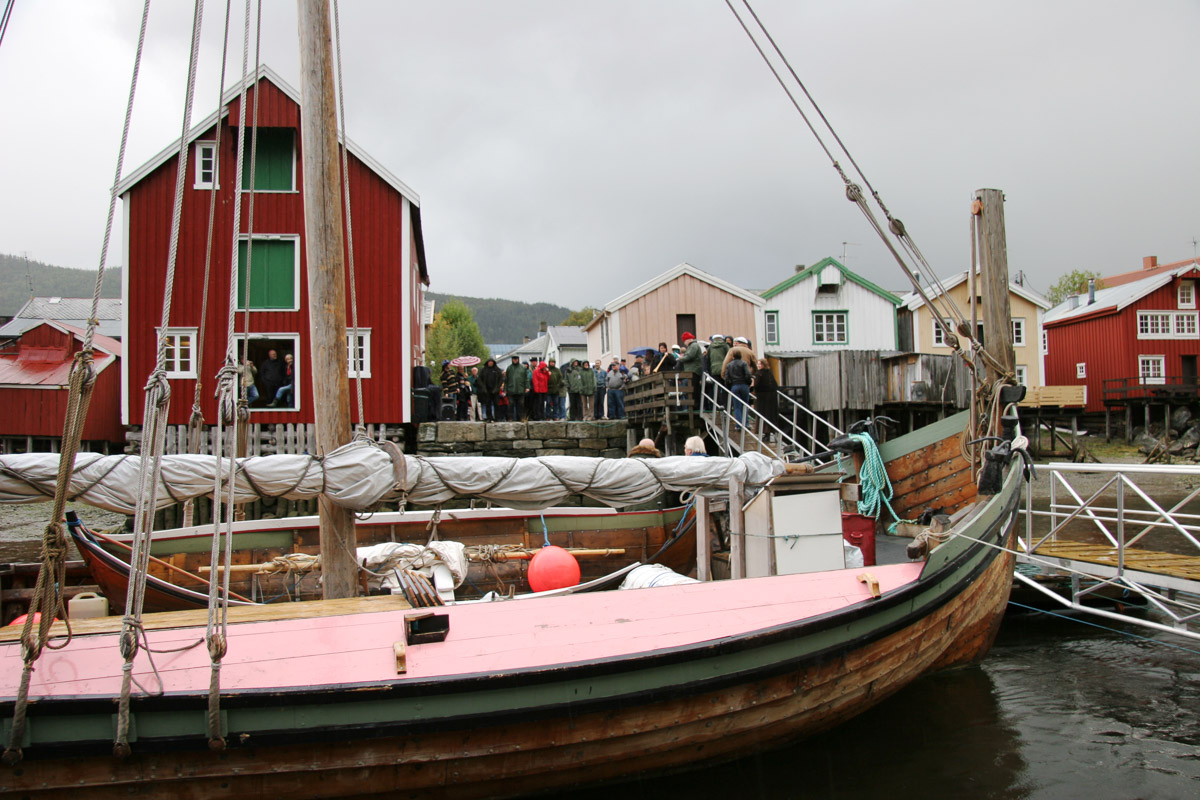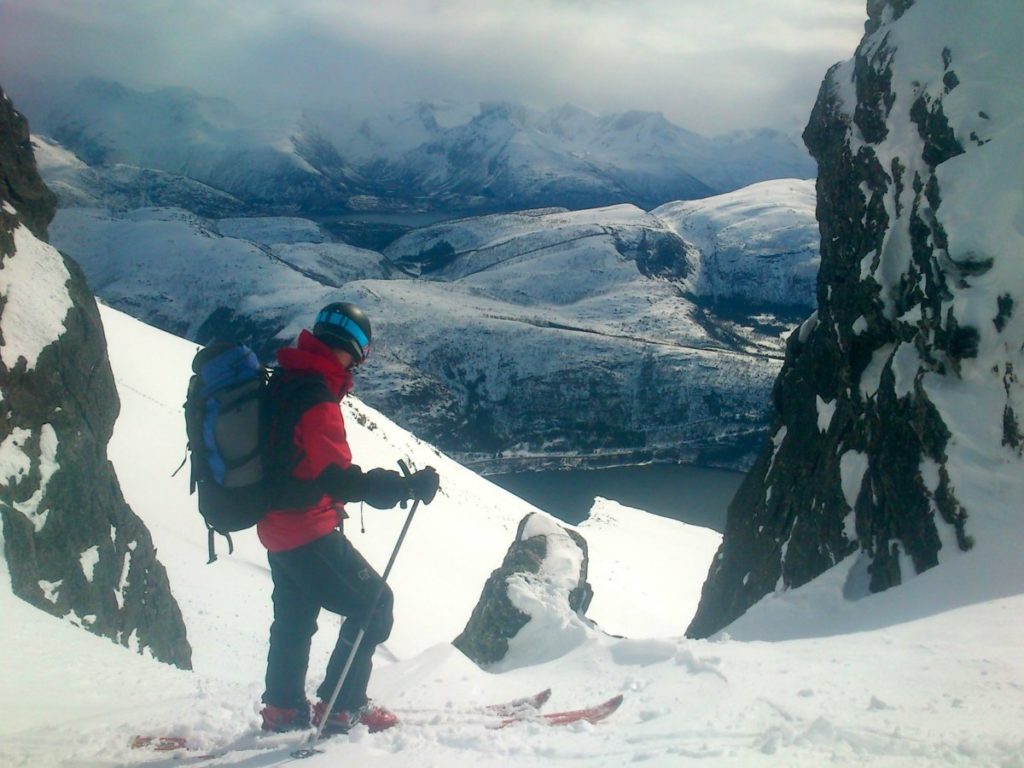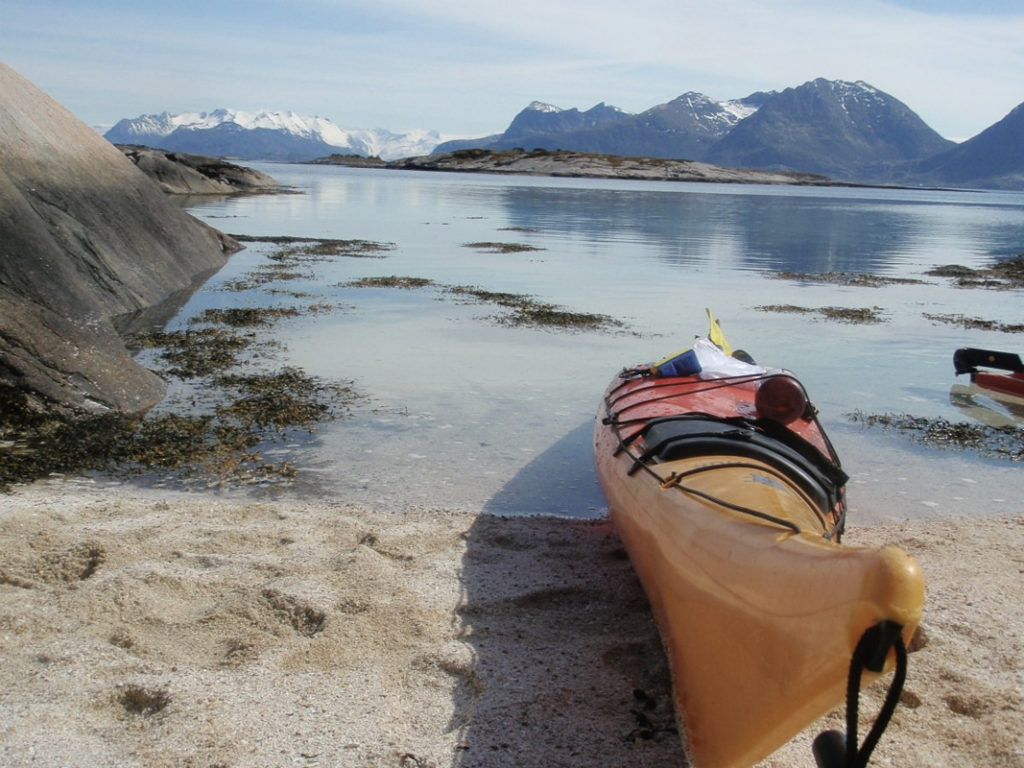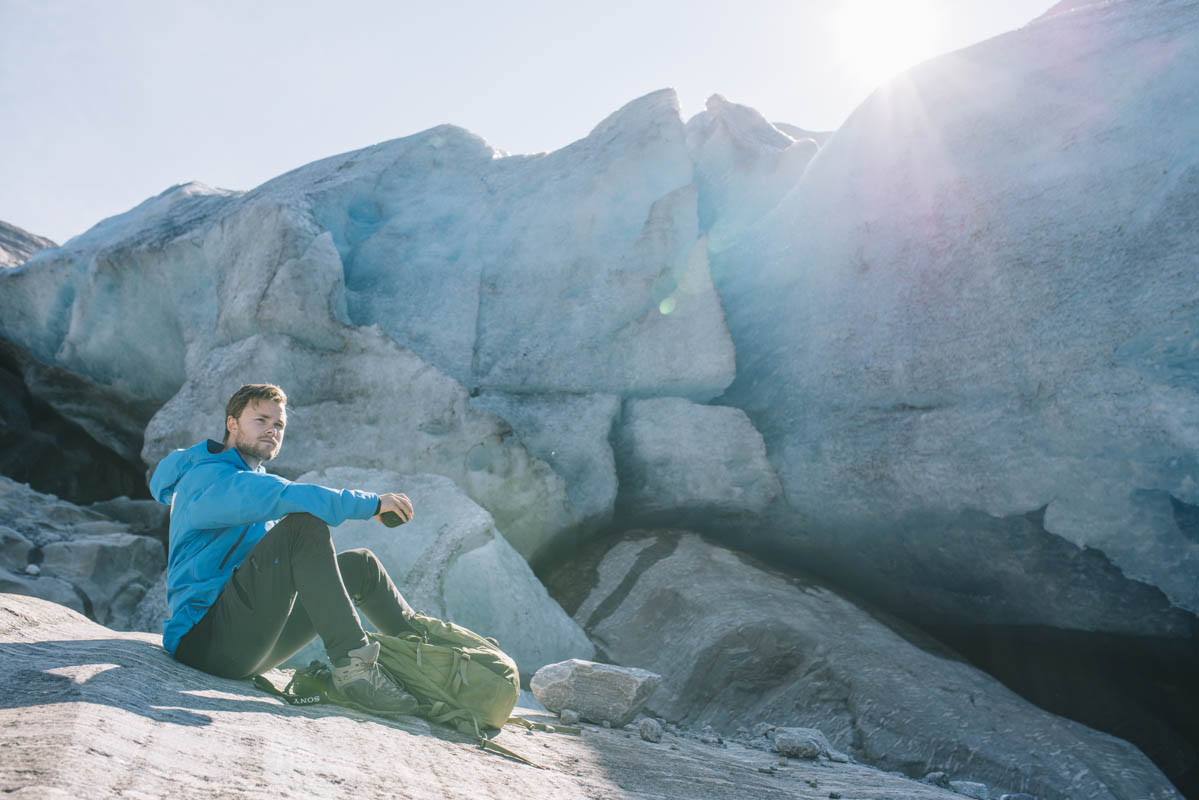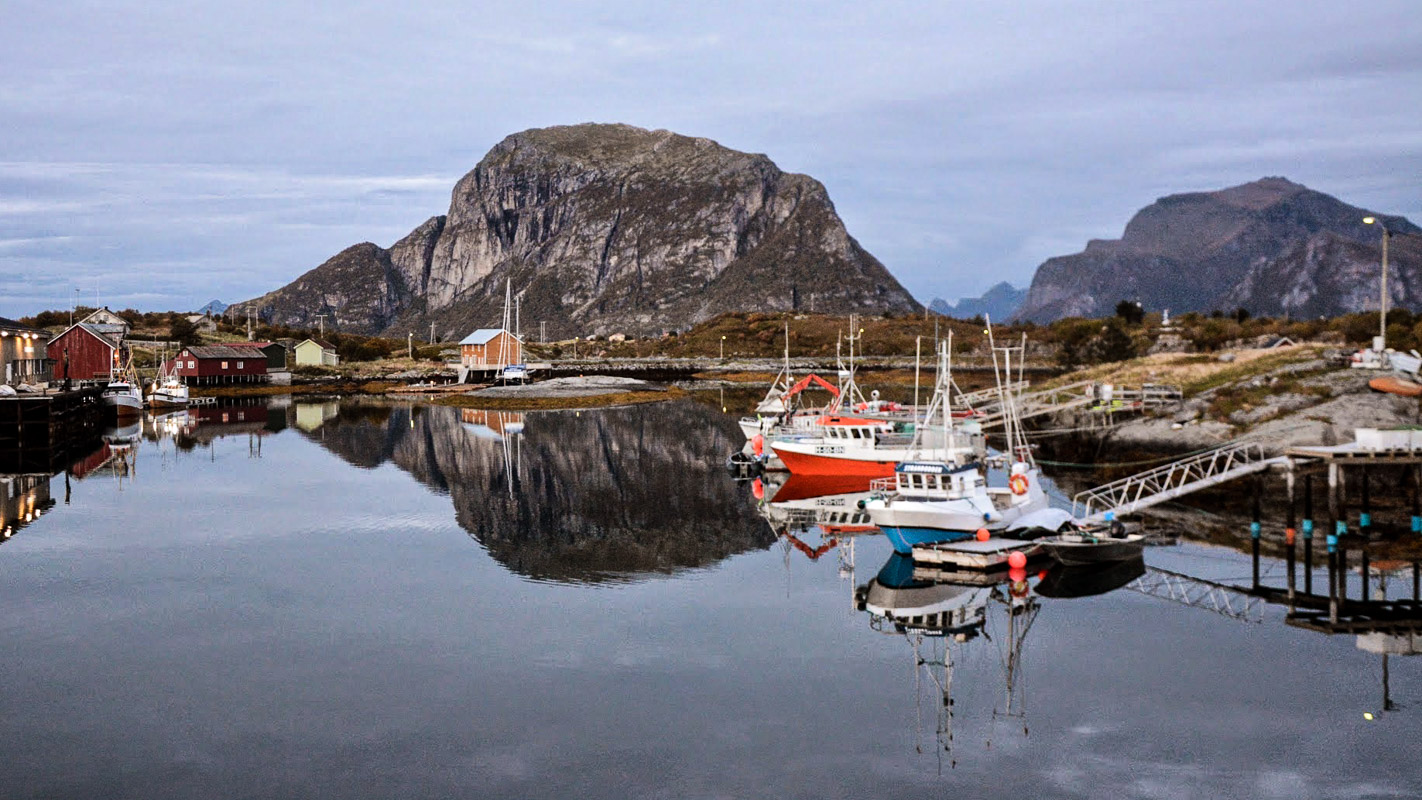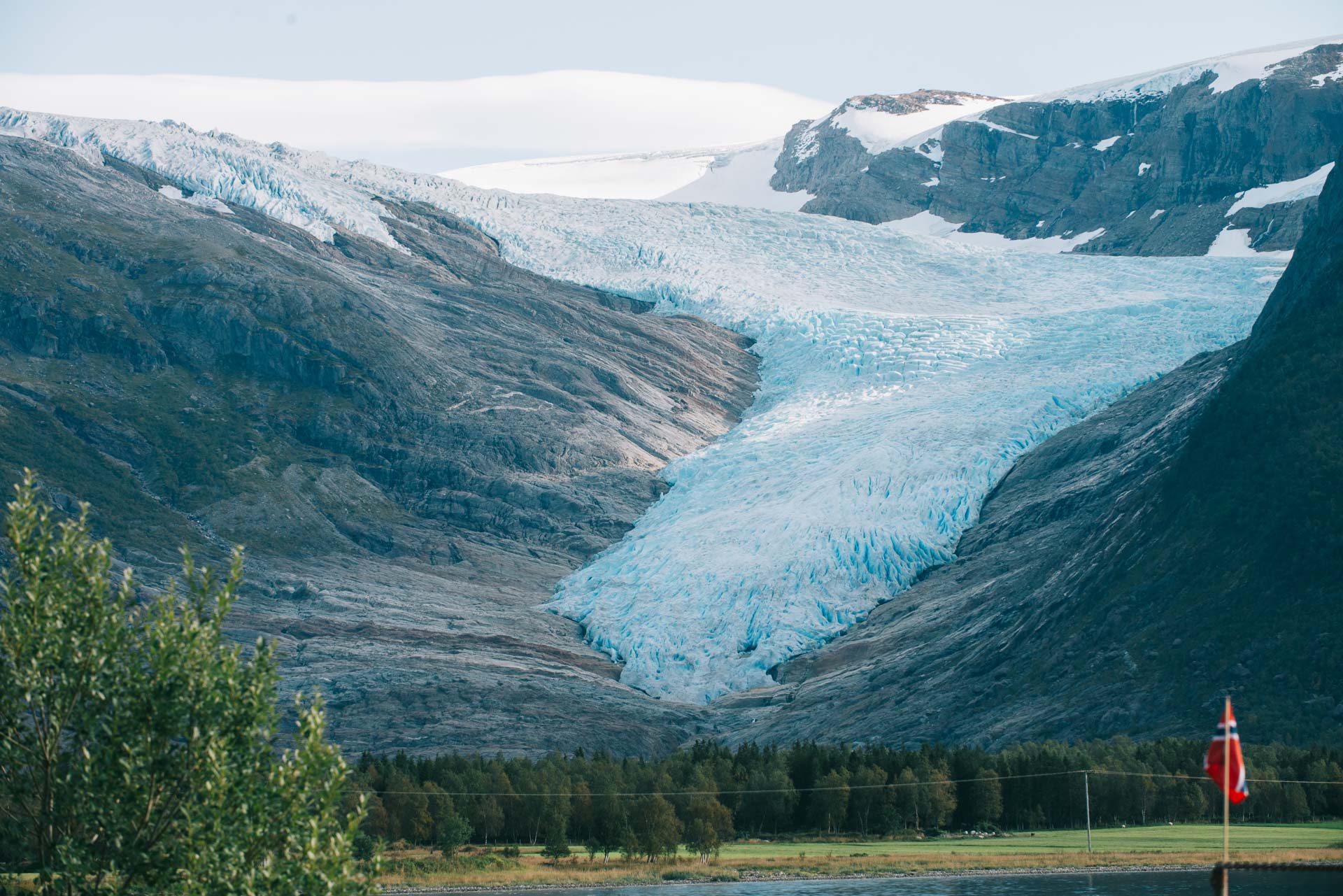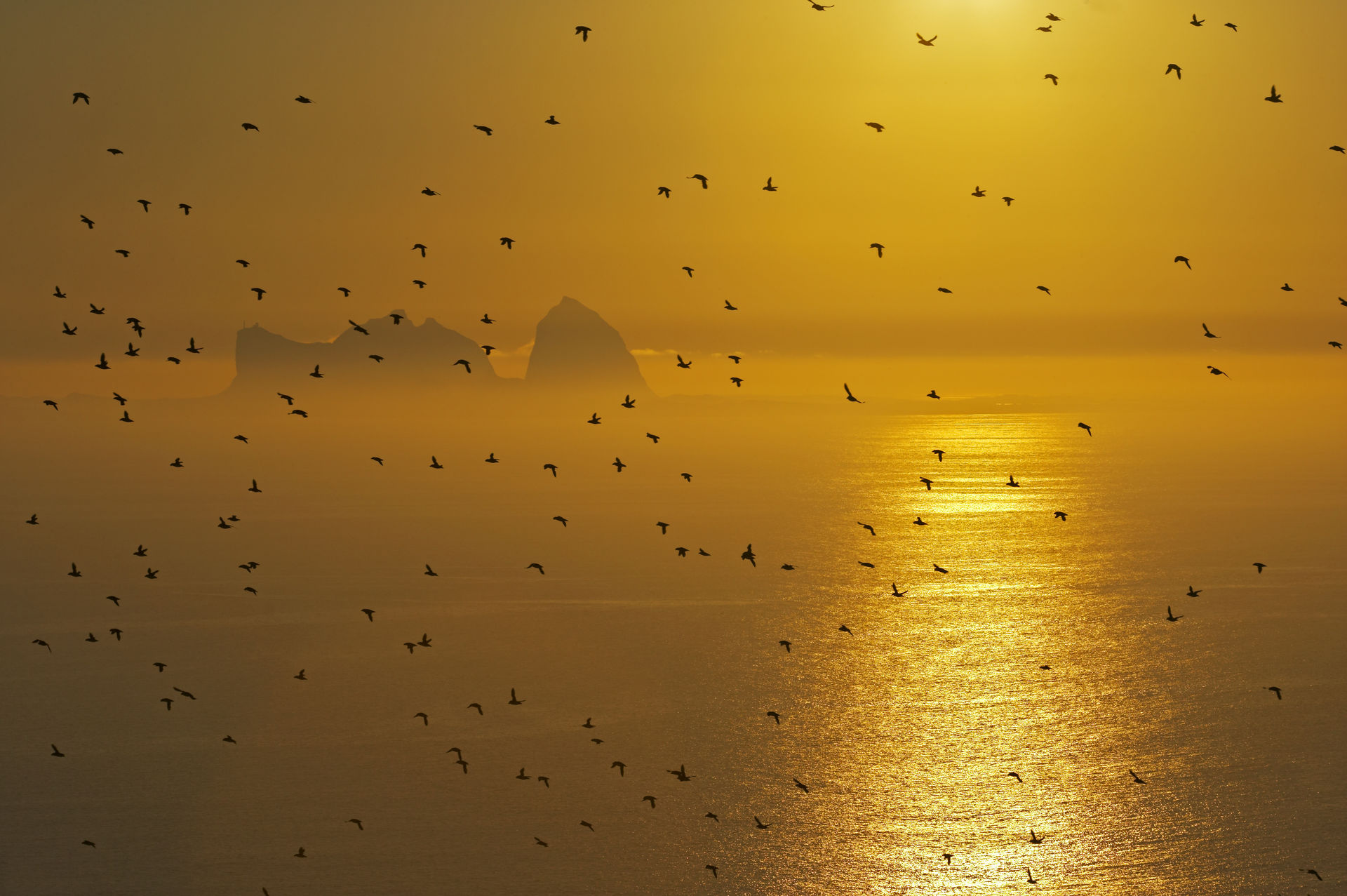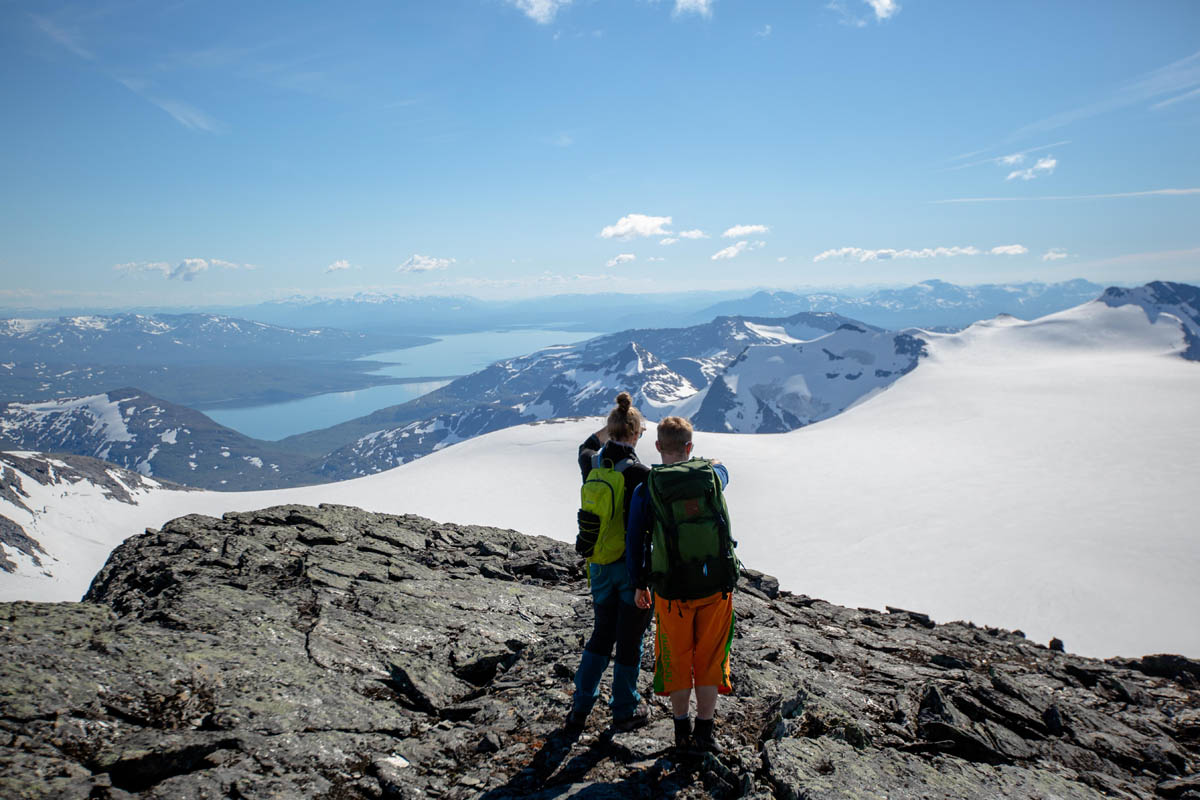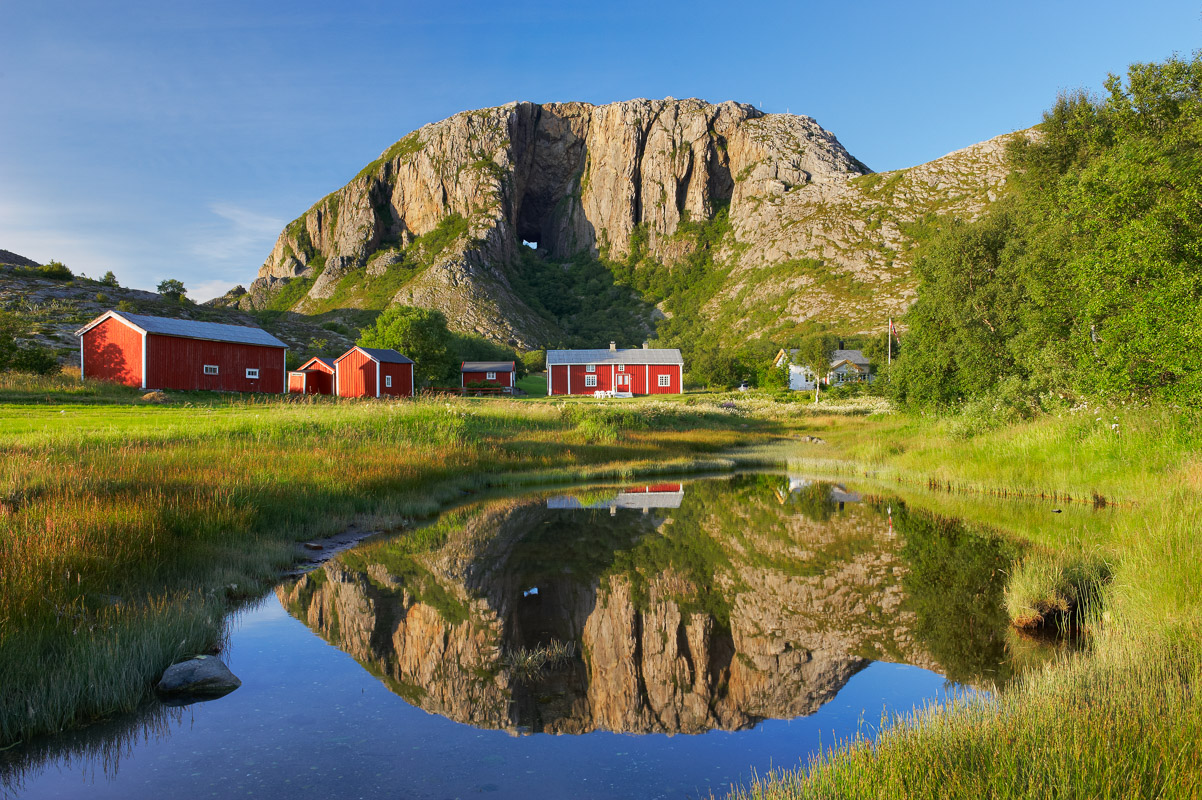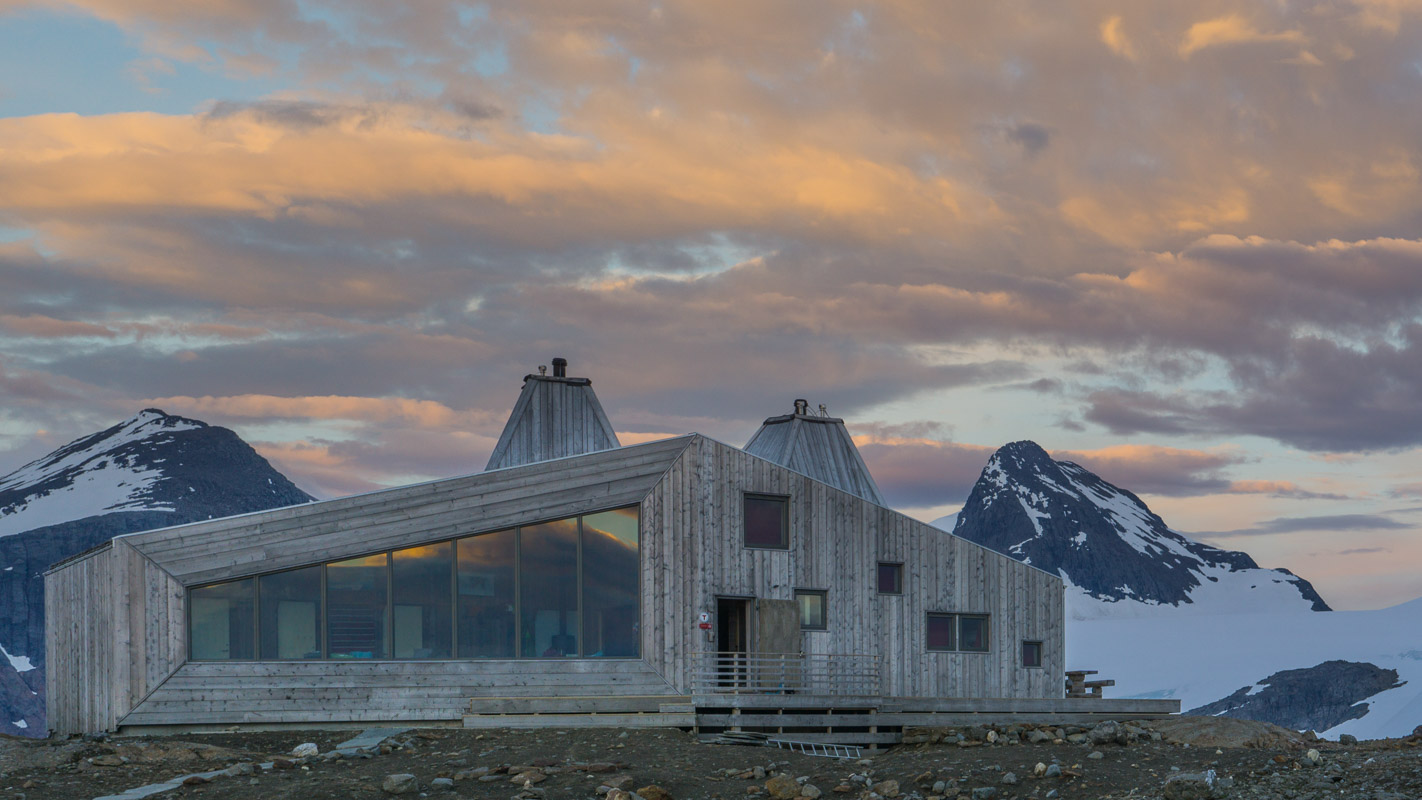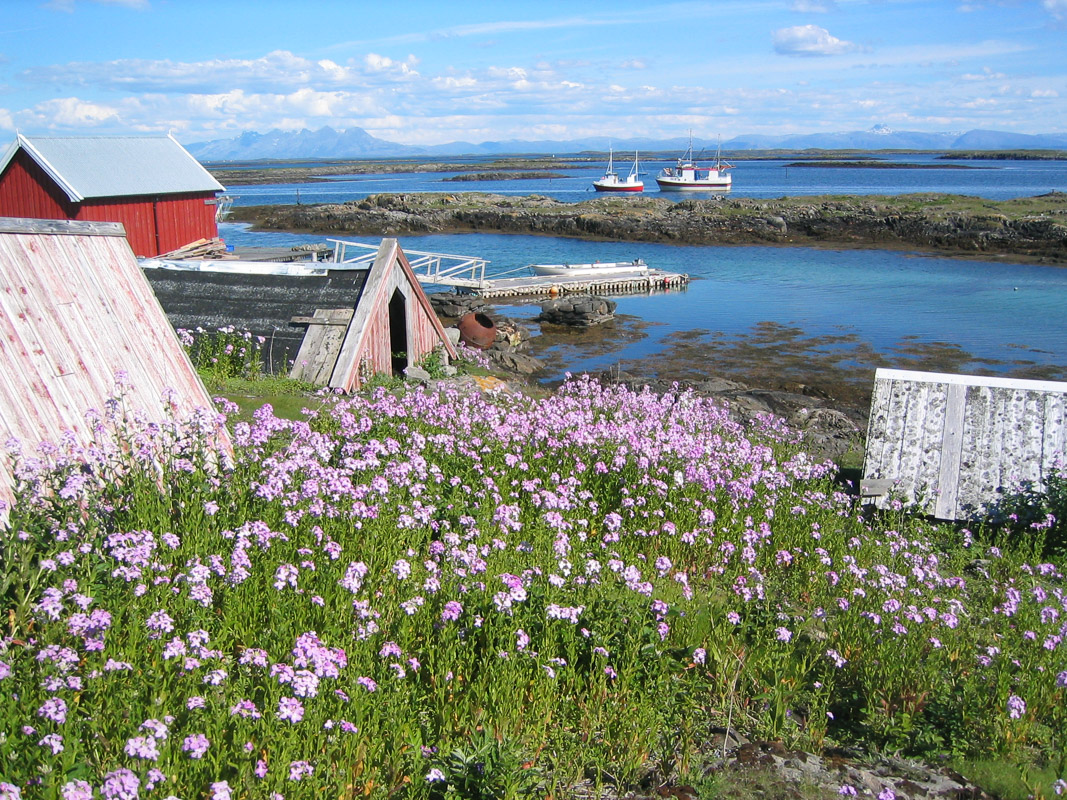Island and mountains inspire local legend
Tens of thousands of islands, islets, and skerries, some many miles out to sea, are home to birds, seals and coastal dwellers. Rising high above the multitude of low-lying islands are the many mountains, whose extraordinary formations have inspired both sagas and fairy tales.
There is woodland all the way to Sweden
Inland, a fertile, subarctic rainforest grows: broad-leaved woodlands on south-facing mountainsides and deep pine forests with salmon rivers and lakes. Innermost lie the border mountains, endless plateaus, the Børgefjell national park and the 1,900-metre-high peaks of Okstindan.
Poetry, fairy tales and history
The poet-priest Petter Dass and the Viking skald Øyvind Skaldespiller, three medieval churches in idyllic locations, the trading posts out on the islands, the “Down villages” where eider ducks and humans cohabitate for mutual benefit and enjoyment – Helgeland has a visible history.
The Engenbreen glacier is a tongue of the Svartisen icecap
Norway’s second biggest glacier, the Svartisen, is the southern boundary of the Salten Region. The mountains rise up to 1500 metres, and catch the clouds. At this altitude, however, it falls as snow most of the year, and has accumulated to the glacier we have today. The glacier is visible many places south of Bodø, but the Engenbreen glacier descends from the main glacier towards Lake Svartisvatnet. Here you can go glacier hiking, or just admire it from the sea. If you don’t go too close, you can also approach the lower front. All this is surrounded by stunning fjords with steep pinnacle mountains, notably the Holandsfjord.
Go to the northern islands
There is a multitude of small islands in the north of Helgeland coastline. Støtt has 30 inhabitants, WWII bunker remnants and peaceful walks starting from the very comfortable trading post turned guesthouse. Bolga is a vibrant community with some 100 inhabitants and a hike to a fabulous viewpoint, or kayaking around the 365 islands around it. The archipelago of Rødøy has numerous islands, from the lion-shaped mountain of Rødøyløva via the old trading post of Selsøyvik to the outer most, Myken, with its lighthouse and whisky distillery. There are boats between all these islands, which of course turn into sightseeing cruises in the stunning landscape.
The ice is turned into industry
The glacier is a constant source of water in the lowlands. This has been turned into abundant, cheap hydro electric power, which is used in Glomfjord to make fertilizer. In the 20th c., the industrial town of Glomfjord was turned into an “ideal” community by the Norsk Hydro company, complete with housing, a ski station and other welfare measurements for the workers. Today you can see all this in the Industry Museum. Go for a walk around Glomfjord too, it has quite a lot of interesting architecture from the 20th C.
Three experiences to be had in Helgeland

Visit Helgeland
Your guide from 20 000 island up to the mountains is Visit Helgeland
